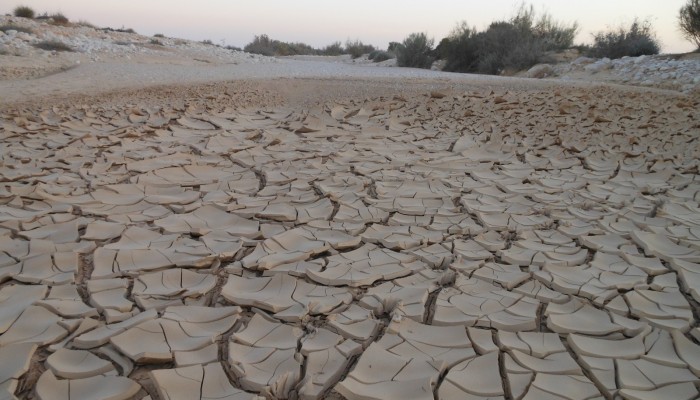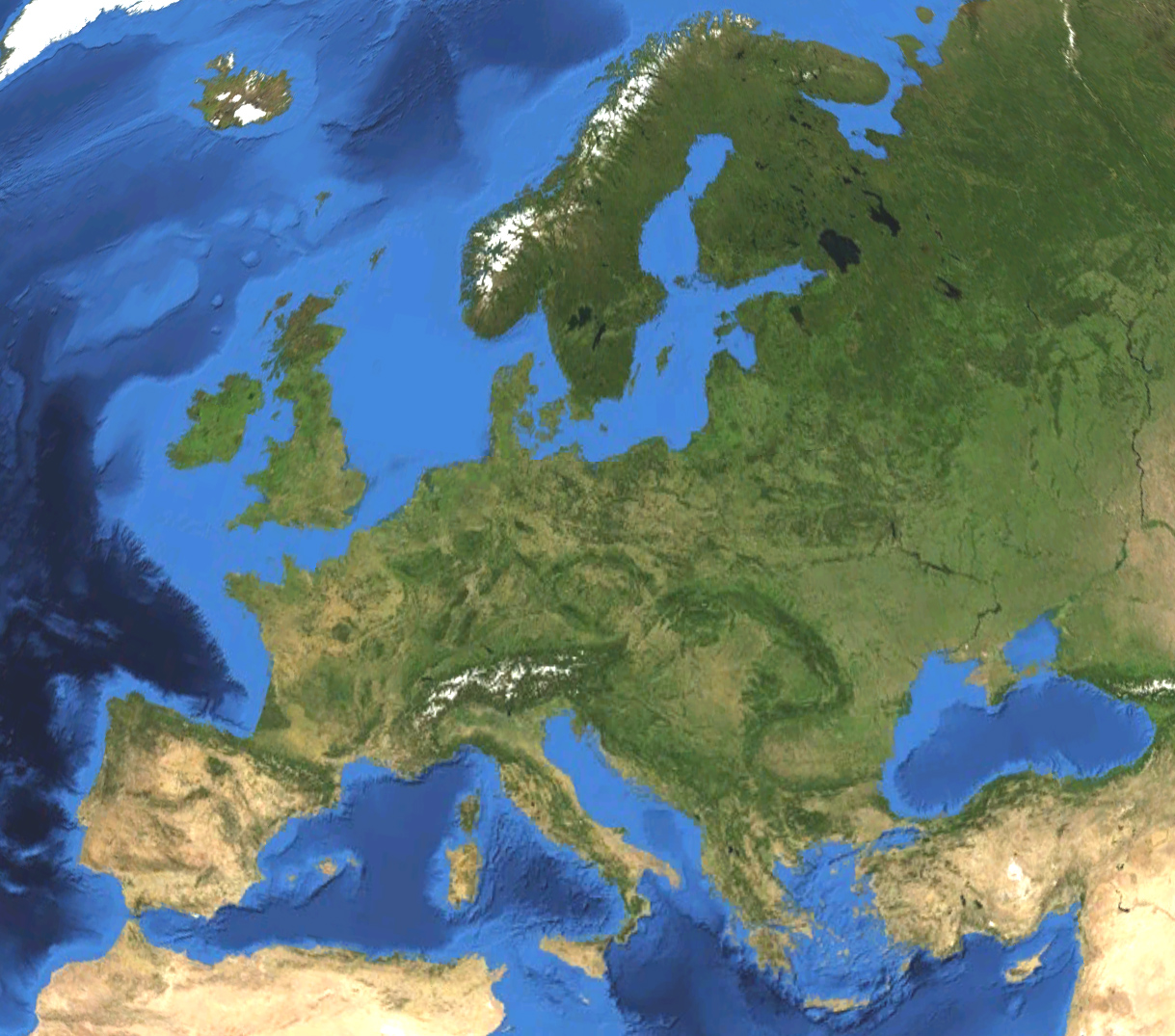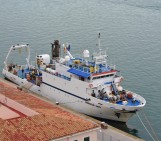
The planet is set to encounter a record-level amount of floods and droughts by 2050 – researchers recently announced at the European Geosciences Union’s General Assembly in Vienna. Nikita Marwaha shares their predictions on the impact that climate change will have on these extreme weather conditions.
In a study by the Joint Research Centre (JRS) – the European Commission’s in-house science service – new climate impact models are being used to determine future flood risk in Europe under conditions of climate change. These state-of-the-art models, presented by JRS scientist Lorenzo Alfieri, indicate that the change in frequency of extreme river discharge is likely to have a larger impact on the overall flood hazard than changes in their magnitude.
“We predict a 150% increase in future flood risk by 2050”, Alfieri said. This dramatic increase will trigger the so-called “floods of the century” that we currently experience every 100 years, to double in frequency – submerging much of Europe under water within the next few decades. As a result, the extent of damage and number of people affected are expected to increase by 220% by the end of the century.
With more lives predicted to be touched by this climate change-induced flooding, it is of utmost importance to accurately calculate projections of future flood events and to assess the situation that our planet faces. In this study, the JRC applied the most recent climate change projections to assess future flood risk in Europe. Using statistical tools and dedicated analysis, flood simulation was carried out to evaluate changes in the frequency of extreme river discharge peaks.
These projections of future flood events were then combined with data on the exposure and vulnerability of populations, in order to estimate the overall flood risk in Europe under a high-emission climate scenario. Socio-economic scenarios were also investigated. The research addressed both current and future scenarios – with the dates of 2020, 2050 and 2080 used in the socio-economic impact models of large, European river floods.

Satellite picture of Europe. Land terrain and bathymetry (ocean-floor topography). Credit: Koyos (distributed via Wikimedia Commons)
Alfieri estimated that between 500,000 and 640,000 people will be affected by river floods by 2050, increasing to 540,000 – 950,000 by 2080, as compared to 216,000 in today’s climate. A wider range was found for the annual economic impact of flood damage. It is currently estimated at 5.3 billion EUR, set to rise to between 20 and 40 billion EUR in 2050 and to between 30 and 100 billion EUR in 2080. Such predictions are dependent on future economic growth, resulting in the larger range of figures presented at the conference.
Another extreme weather condition that the planet faces is drought – said to increase before the middle of the century. Yusuke Satoh, a researcher from the International institute for Applied Systems Analysis (IIASA) shared new research suggesting that some parts of the world may see unpreceded levels of drought before 2050. These new findings urge swift action to be taken to adapt reservoirs and water management policies in accordance with the depleting water resources.
“Our study shows an increasing urgency for water management systems to adapt for future drought”, Satoh said in a statement at the press conference. “In order for policymakers to plan for adaptation, they need to know when and where this is likely to happen, and have an understanding of the levels of uncertainty in such projections”.
Droughts are predicted to grow more severe and frequent by 2050 for 13 of the 26 countries mapped by the organisation. A new measure was proposed in this study – Timing of Perception Change for Drought (TPCD). This drought will surpass all historical records and countries will reach TPCD at varying times – with western United States feeling the effects as early as 2017, and the Mediterranean by 2027, at current emission rates.
The new study by IIASA combined five different global climate models to examine two different scenarios for future climate change – a 1°C and 3.7°C rise in temperatures by 2100. This technique allowed researchers to address the uncertainty of our planet, since climate change is a manmade environment issue that is difficult to accurately foresee using just one climate model.
From this research, the predicted arrival date of these record-breaking droughts was found to be more uncertain in the Sahara, sub-Saharan Africa and South Australia regions, with certainty very high in southern South America and the Central United States.
Being aware of where the uncertainty lies in the world is important. It allows policymakers and water resource managers to prepare for greater future variations in water availability, since the historical data that the hydrological structures of today are built on, will eventually become void as climate change carves new figures into the history books.
Satoh advised measures such as releasing water from reservoirs during the dry season to relieve the onset of future dryness. “The earlier we take this seriously, the better we will be able to adapt”, he said.
Controlling the amount of seasonal water precipitation and water use, will allow us to manage both the natural and manmade causes of hydrological drought – giving us better control as the effects of climate change begin to set in.
By Nikita Marwaha, EGU Press Assistant and EJR-Quartz Editor




Pingback: A Week in Vienna: The European Geosciences Union General Assembly | Making Apple Pie From Scratch